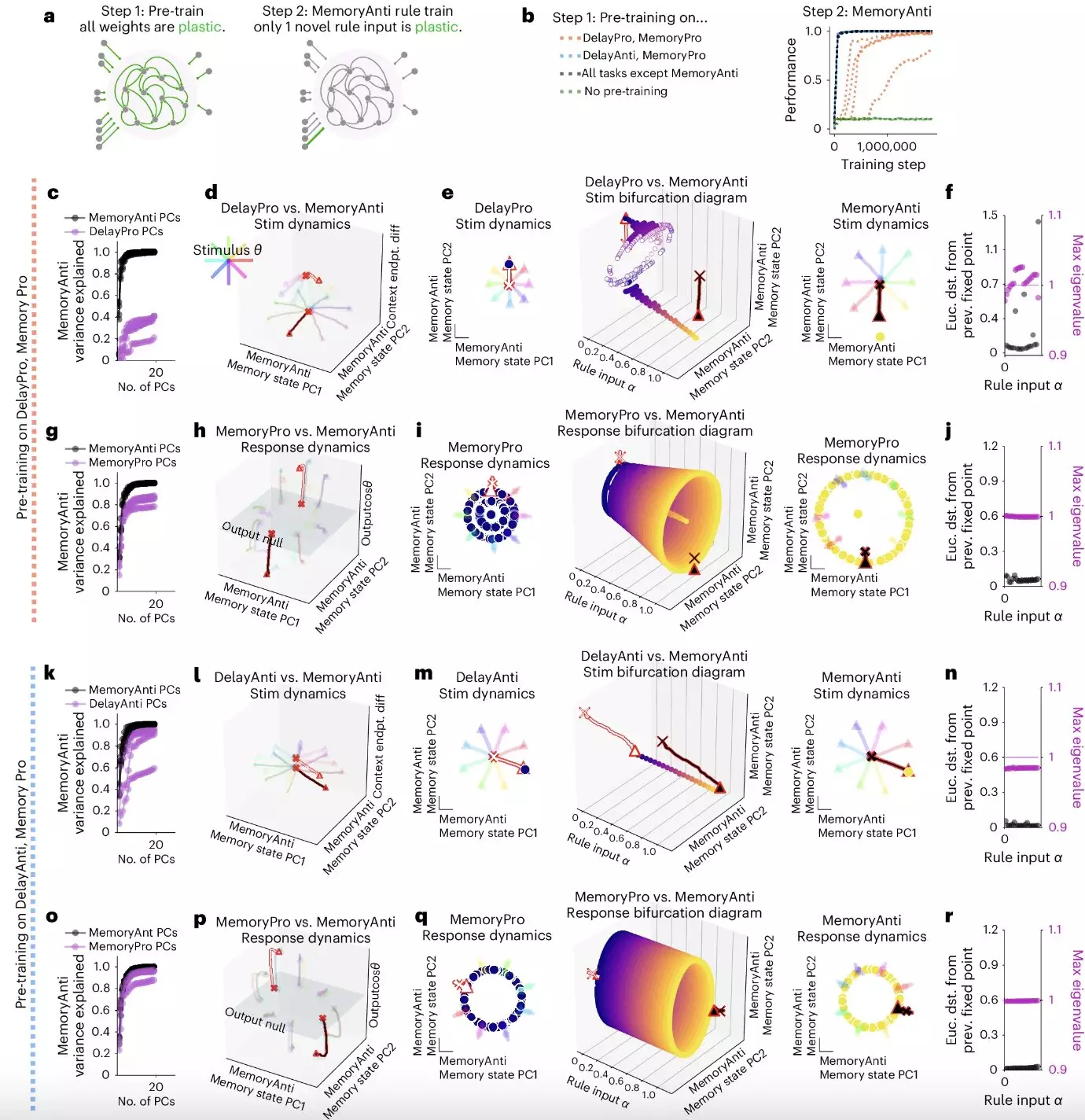Cognitive flexibility, the ability to swiftly transition between different thoughts and mental concepts, is a crucial skill that allows individuals to excel in various tasks. This unique capability supports multitasking, rapid skill acquisition, and the ability to adapt to new situations. While advancements in artificial intelligence (AI) have been remarkable, current AI systems still lack the same level of flexibility as humans when it comes to learning new skills and switching between tasks.
Recent research has focused on understanding how biological neural circuits support cognitive flexibility, particularly in the context of multitasking. Computer scientists and neuroscientists have been exploring neural computations using artificial neural networks, hoping to leverage this information to develop more flexible AI systems. In 2019, a research group trained a single neural network to tackle 20 related tasks, shedding light on the potential for these networks to handle multiple tasks effectively.
A recent paper published in Nature Neuroscience by researchers from Stanford University delves into the concept of dynamical motifs in neural networks. These motifs represent recurring patterns of neural activity that implement specific computations through dynamics, such as attractors, decision boundaries, and rotations. The study aimed to uncover the mechanisms that enable neural networks to perform modular computations across different tasks.
The study revealed that dynamical motifs play a significant role in the computational strategies of recurrently connected artificial neural networks. These motifs were found to mirror the modular subtask structure of the training task set, indicating their importance in facilitating flexible and efficient computations. Furthermore, the researchers observed that lesions to units implementing these motifs negatively impacted the networks’ ability to perform modular computations.
The researchers highlighted the potential of dynamical motifs as a fundamental unit of compositional computation, bridging the gap between individual neurons and the overall network. By understanding how these motifs contribute to cognitive flexibility in neural networks, researchers aim to improve our understanding of neural processes and potentially enhance the development of more flexible AI systems. This work has the potential to advance both neuroscience and computer science research, paving the way for new strategies that emulate the cognitive processes underlying human flexibility.


Leave a Reply